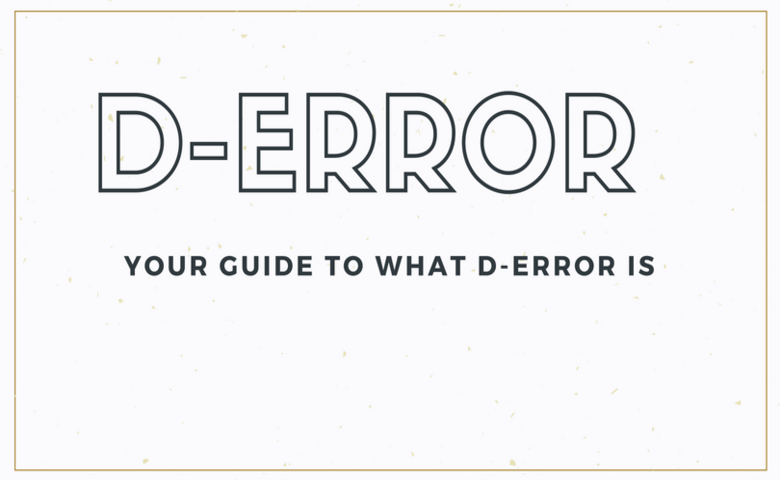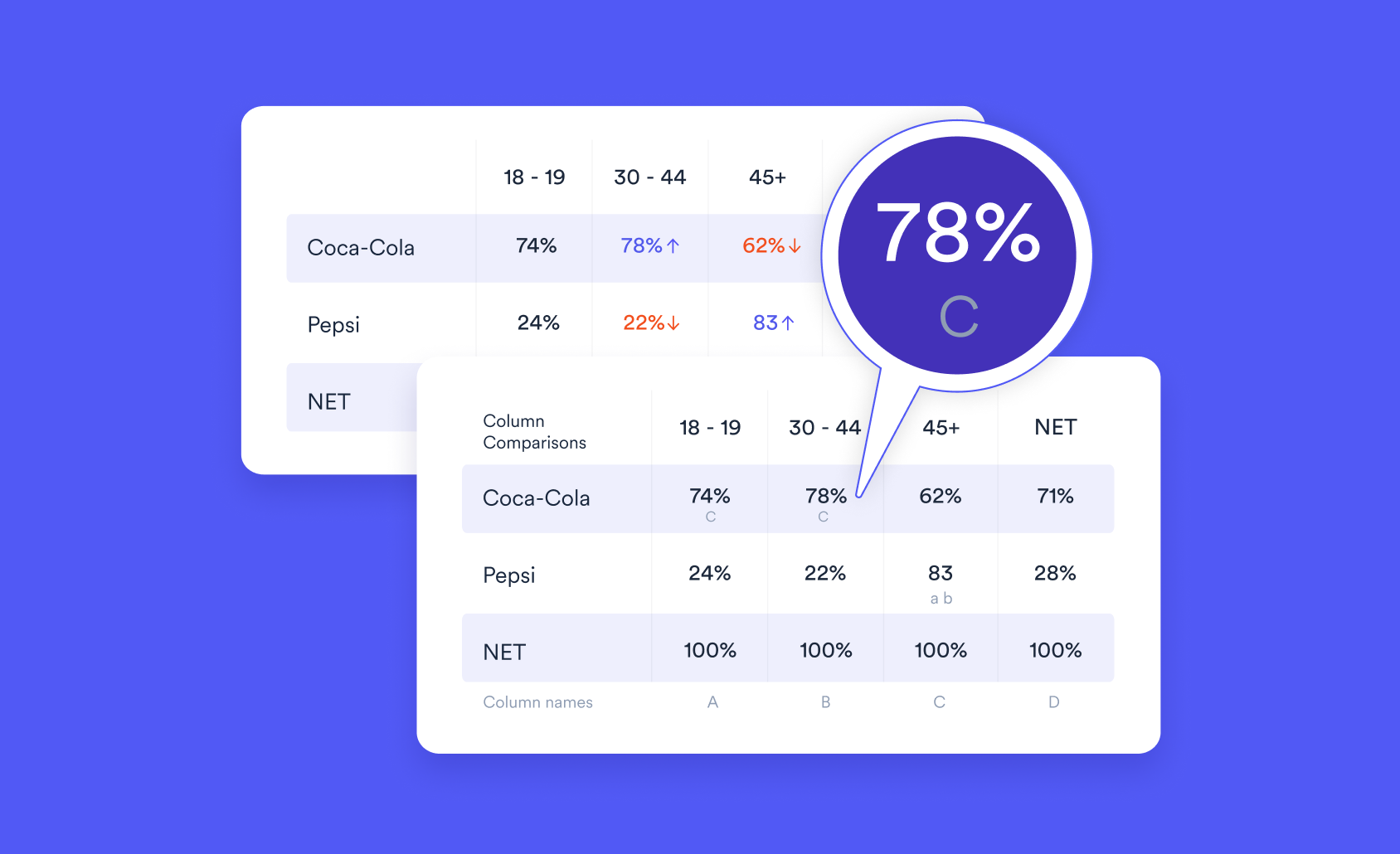

D-error is a measure that quantifies how good or bad a design is at extracting information from respondents in an experiment. A lower D-error indicates a better design. A design that minimizes D-error is considered D-optimal. Many other related measures exist that also serve this purpose, such as D-optimality. This article describes computing D-error, Bayesian D-error, and D-efficiency.
Computing D-error
I'll show you how to compute D-error to assess the quality of your experiment. There are many different types of experiments. One type is a choice experiment, which represents a design with a table where each row corresponds to a choice alternative and the columns correspond to the version, task, question, alternative, and attributes. I've shown you an example of a design below:
| Version | Task | Question | Alternative | Attribute 1 | Attribute 2 | Attribute 3 |
|---|---|---|---|---|---|---|
| 1 | 1 | 1 | 1 | 1 | 2 | 1 |
| 1 | 1 | 1 | 2 | 2 | 1 | 2 |
| 1 | 2 | 2 | 1 | 1 | 2 | 2 |
| 1 | 2 | 2 | 2 | 2 | 1 | 1 |
| 1 | 3 | 3 | 1 | 2 | 2 | 1 |
| 1 | 3 | 3 | 2 | 1 | 1 | 2 |
| 2 | 4 | 1 | 1 | 2 | 2 | 2 |
| 2 | 4 | 1 | 2 | 1 | 1 | 1 |
| 2 | 5 | 2 | 1 | 2 | 2 | 2 |
| 2 | 5 | 2 | 2 | 1 | 1 | 1 |
| 2 | 6 | 3 | 1 | 1 | 2 | 1 |
| 2 | 6 | 3 | 2 | 2 | 1 | 2 |
To compute D-error, first encode the levels of the attributes in the design using dummy coding (or alternatively effects-type coding) and split the encoded design by questions (suppose there are Q of them) to create a set of matrices
![]()
In addition, you need to make a prior assumption regarding the respondent parameters. The different possible assumptions lead to three variants of the D-error. The first is the Dp-error, which assumes that all respondent parameters are given by a parameter vector β . The multinomial logit probability that a respondent chooses alternative 𝑖 in question 𝑞 is
![]()
where J is the number of alternatives per question and ![]() is a vector of length J.
is a vector of length J.
We first construct the Fisher information matrix M using the formula below
![Rendered by QuickLaTeX.com \[ {\textbf{M}}({\textbf{X}},{\beta})=\sum_{q=1}^{Q}{{\textbf{X}}^\prime}_q({\textbf{P}}_q-{\textbf{p}}_q{\textbf{p}}_q\prime)}{\textbf{X}}_q \]](https://www.displayr.com/wp-content/ql-cache/quicklatex.com-75e1d79378fe07245678aa27560af811_l3.png)
where
![]()
Dp-error is a function of the determinant of the information matrix
![]()
where K is the number of parameters in β.
D0-error
The simpler D0-error assumes that respondents have no preference for any of the attribute levels, which is equivalent to assuming that β=0. The logit probabilities ![]() become 1/J for all questions and alternatives. The information matrix formula in this case reduces to
become 1/J for all questions and alternatives. The information matrix formula in this case reduces to
![Rendered by QuickLaTeX.com \[ \textbf{M}(\textbf{X})=\sum_{q=1}^{Q}{{\textbf{X}^\prime}_q\textbf{X}_q-J^{-1}({\textbf{X}^\prime}_q\textbf{1}_J)({\textbf{1}^\prime}_J\textbf{X}_q)} \]](https://www.displayr.com/wp-content/ql-cache/quicklatex.com-bdbbdb426a22b19e19e4800a914586ff_l3.png)
where 1J is a vector of J ones. Apart from this difference, the D0-error is computed using the same function of the determinant as for DP-error. A design created by optimizing D0-error is known as a utility-neutral design.
DB-error
Lastly, DB-error assumes that respondent parameters are distributed according to a probability distribution, which is often a multivariate normal distribution with a diagonal covariance matrix.
DB-error is simply the integral of DP-error over the prior distribution of respondent parameters
![]()
where π(β) denotes the density of the prior distribution at β. A design created by optimizing DB-error is also known as a Bayesian design.
D-efficiency
D-efficiency is a relative measure based on comparing one design X against a benchmark design X*. You can compute D-efficiency for any of the three D-errors
![]()
If the benchmark design has a lower D-error, the D-efficiency has a range from 0 to 1, and it will be close to 1 if the design is close to the benchmark.
Ready to find out more about D-Errors and assessing the quality of your design? Check out the Displayr blog.



